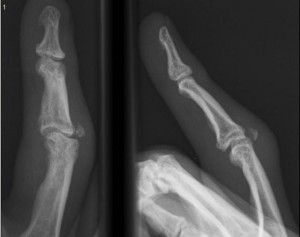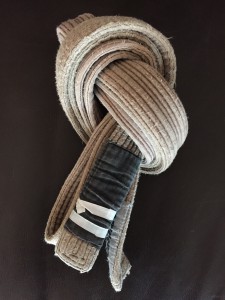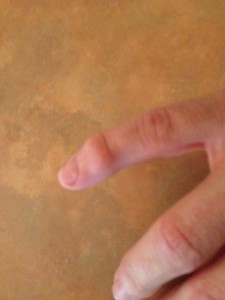So, as I sit here sipping on a glass of red, nursing my sore, arthritic knuckles from a hard day’s training, I have to wonder, what makes any Barossa Shiraz so awesome?….. The producer, the geography, the climate, the soil… ahhh, that’s right, the Terroir!!!!
And how does this relate to Jiu Jitsu? Well, I’m not sure…. but then when it comes to BJJ, there is a lot I’m not sure about… for instance, what would make sane, intelligent people step onto a mat and choke each other for fun. What possesses us, day after day, to commit to the acid test that is an open mat, where everyday your ego is checked, when, in every session you can and will be tested. Why, when off injured, you compromise your recovery to just ‘play’. The enjoyment as 2 grown men stand, drenched in sweat, bruised and sometimes bloodied, after sparring for 10 minutes, face each other and smile a genuine smile and then… hug! What about the frustration that comes with trying to explain this martial art, sport, hobby, past time, religion, obsession, life style, family, to someone who doesn’t train. It truly is a conundrum.
People talk about it being an emotional roller coaster, the highs, the lows and everything in between. But in the 15 or so years that I have been training in BJJ, it has never got any easier. In so many ways it gets harder, especially once you get that coveted black belt strapped around your waist… Thanks for that Mr. Robert Drysdale!
Harder in what way? Well, dealing with the responsibility that comes with the rank is a huge one for me. As a person of integrity, I truly want to represent the honour that has been bestowed upon me and on a daily basis I strive to live up to my belt, even having had it for about 4 years…
Another is continuing to try and improve my game, an area I have struggled with for the last year or so, but that will come again… For me, as cliched as it sounds, this is a lifelong pursuit, so a year of marking time is a drop in the bucket. So I won’t let myself get too frustrated, I will deal with my injuries, regain my focus and continue forward…
Then there is the responsibility for students, furthering their education, assessing methods and techniques, adjusting what you do and teach, motivating, leading, inspiring, consoling, learning, listening, reflecting… trying not to let the bad days show, maintaining the daily running of the school… etc, etc…
Anyway, I digress, this blog is about the journey. I am blessed with the people I have around me, the friends that teach, test and mould me, the gym that is my church, and BJJ that is my religion.
As we progress with it, I am going to try and relate what I have learnt, mistakes I have made as well as progression, positives and negatives, ups and downs. In this I hope to impart some knowledge, stimulate some thought and modify some concepts…
So lets try and figure out the essence of why we do this, lets talk about what works and what doesn’t and why, let us observe and report on training methodology (both conventional and un-orthodox), lets throw in health, fitness, performance, nutrition and technique, lets try and work out the terroir that makes Jiu-jits so special to us all….


